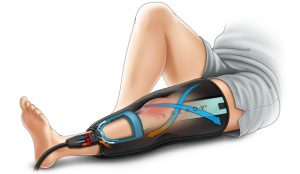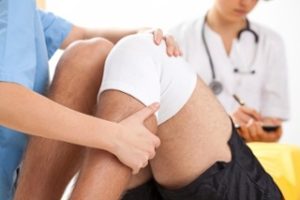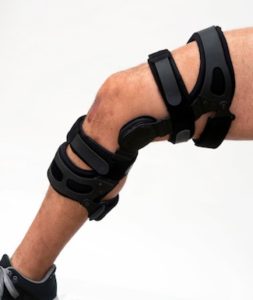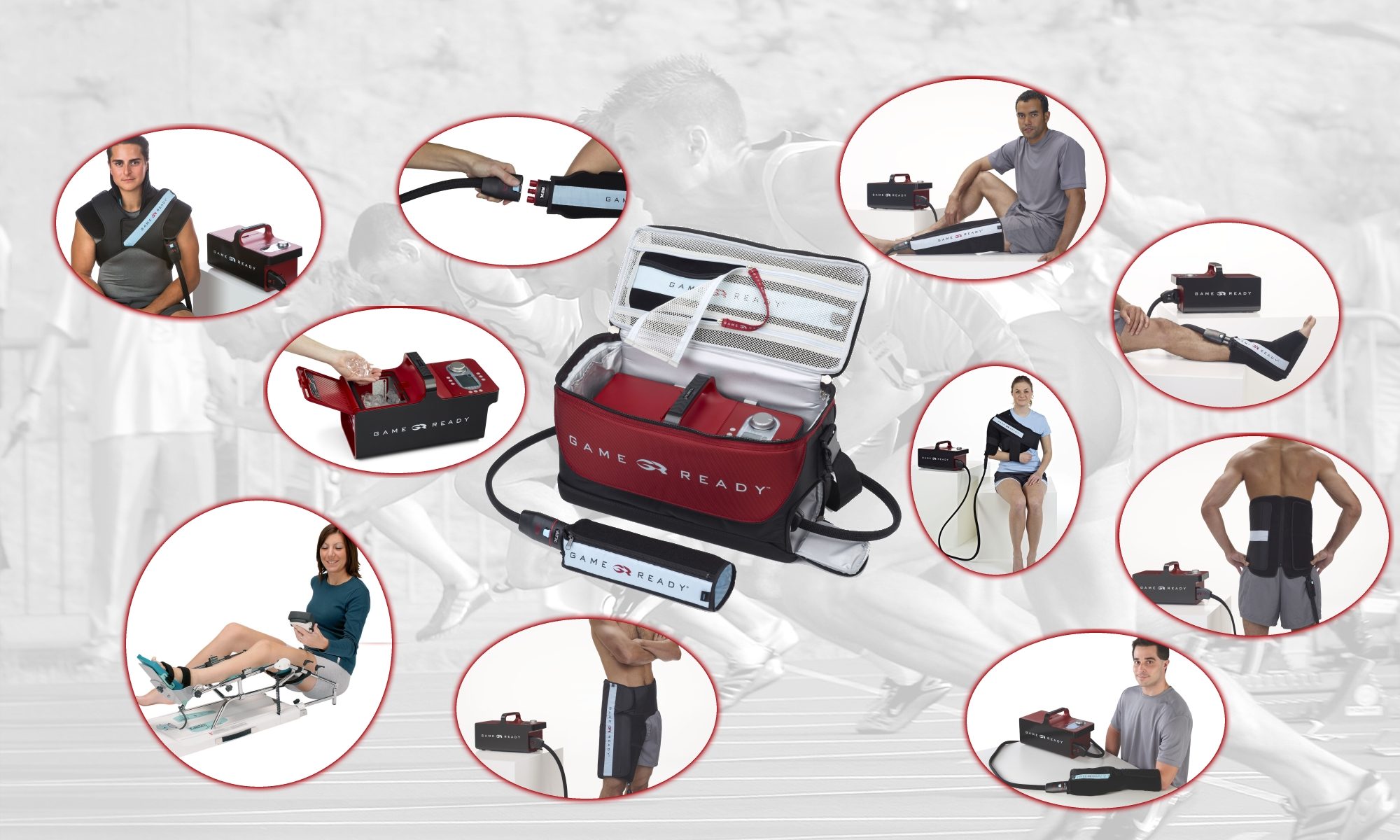Week 1 – Pain and Swelling Management

This is a critical time during the recovery process, because it is when your body is most vulnerable. It is important to reduce pain and swelling to start range-of-motion exercises. Start pain and swelling management as soon as possible, within the hour of getting home. Use R.I.C.E (Rest Ice Compression Elevation) as often as possible during this period. The most effective treatment is to use a cold and compression machine that can provide controlled temperature for long periods of time and intermittent compression. Keep the temperature of the knee around 1-5 °C. Adjust the pressure from 0mmHg to about 60mmHg as you can stand it every few minutes to aid lymphatic drainage and stimulate blood flow.
Your leg will be non-weight bearing, so plan on using a brace and/or crutches for this period.
Week 2 – Full Knee Extension

You will likely still be on crutches. Your physiotherapist will help you with non-weight bearing exercises to achieve full knee extension. You may experience some pain and swelling during this period. If you do it can help to apply R.I.C.E the same as week 1 before and after therapy.
Week 3-6 – Walking and Light Aerobics
 Week 3-6 – Walking and Light Aerobics
Week 3-6 – Walking and Light Aerobics
You will begin to be able to bear weight on your leg during this time, but activity will still be limited, as your tissues are actively healing. Most therapists will start you on walk exercises, gentle strengthening or light aerobics to help further your range of motion. You may only drive a car if your effected leg is not used. Your knee will still be vulnerable during this stage so wearing a brace may be recommended by your physiotherapist.
Week 7-12 – Strength Training and Jogging
As the healing process progresses and your knee continues to grow stronger, you will be allowed to do more low-impact activities such as cycling, swimming, and rowing. By the end of this period, you might be able to resume light jogging if your physiotherapist thinks you are ready. Apply R.I.C.E if you experience any swelling or pain.
Month 4-7 – Return to Select Sports
At this stage you may return to enjoying sports like outdoor cycling, rowing, dragon-boating or any other sport that does not involve side to side motion like netball, football or rugby.
Some ongoing knee strengthening exercises may be given by your physiotherapist and depending on your recovery a knee brace may be recommended for sporting activities.
Month 8+ – Almost Fully Recovered
You may participate in most all sports slowly. Do not over exert the knee. Full recovery may not be until 1-2 years after surgery. The speed at which you reach full recovery is mostly determined by the initial stages of care and rehabilitation and the help of a good physiotherapist.
For tips to speed your recovery timeline.
Things to avoid during recovery
What professional athletes do to speed their recovery timeline
